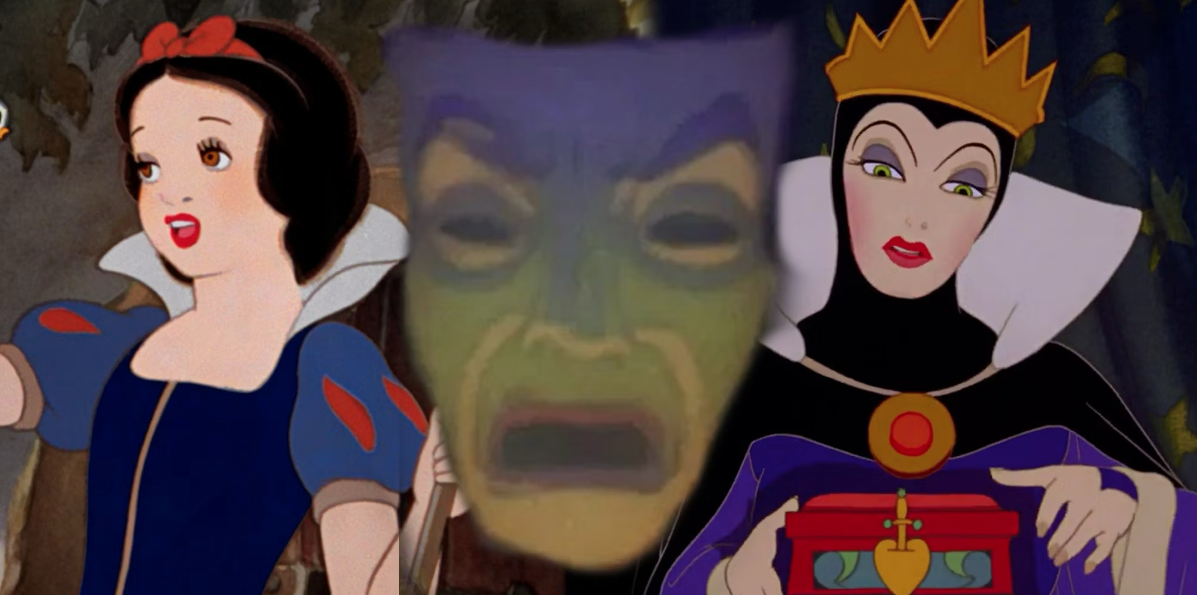
Stories can bring the salient details of life to light. Real life contains a lot of noise and extraneous detail that can obscure a through line. Fictional stories remove that noise to rise the core themes and emotions to the surface for observation and examination. Fictional stories both pare down and embellish real life. They zoom in on the important stuff and focus the reader’s attention squarely there. When the story captures something true about the lives of its characters, it binds us to them. Usually, we find a story engrossing when we care about the characters and want to see what happens to them.
While some portrait painters insist on live sittings with their subjects, it’s easier — although perhaps more facile — to start with a photograph. Photographs manage to capture some essence of personality, to flatten it into something easier to paint, simplifying the process of portraiture. Caricatures identify particular features of their subjects and render them in a ruthless way. In the realm of words, identifying salient features in characters and their world makes them more memorable and makes their actions more comprehensible. Perhaps caricatures resemble jokes in this way.
Last month, I wrote about fairytales. This month, consider Snow White. This story strips most everything away, leaving just the bare bones of characterizations on which to hang its story. The stepmother is vain and wicked. The princess is good and pure — and so clueless that she marries the man who assaults her while she sleeps. The seven dwarfs that she shacks up with are named for their basic defining characteristics: Sleepy, Sneezy, Grumpy, Happy, Bashful, Dopey, and Doc for “smart”. This is a distillation of the first order. Children’s stories tend to remove nuance from their narrative — it’s easier to stick black and white dichotomies without those pesky shades of gray. This is actually very developmentally appropriate. Cognitive complexity takes time to develop. At its core, Snow White is a story about good overcoming evil. It is easy to tell who is good and who is bad — it’s in the name of the characters. And it’s not that different from Swan Lake ballet — the witch wore a black tutu, while the enchanted princess wore a white one.
Good, experienced writers know what to put into the story and what to exclude. Fairytales provide a solid structure into which cultural adaptations and choice details can be woven to create a bond to a modern audience. The same basic story can be set in a wide range of cultures and time periods. And it can be told in a developmentally appropriate way, adding enough complexity to capture the imagination of its readers without being too distracting.
I mostly write young adult and general fiction in the genres of science fiction and science fantasy. But “Pigeon” was an exception. It is an urban fantasy written for middle grade kids; thus the characters and story are more black and white. It is still a good ride! I hope you check it out in this month’s giveaway along with all of the other cool books! Happy summer reading!
FREE sci-fi ebooks giveaway: https://sffbookbonanza.com/free-books-may-2024/

AND FREE fantasy ebooks: https://books.bookfunnel.com/kracken-good-free-fantasy/c3dtpdccl3

